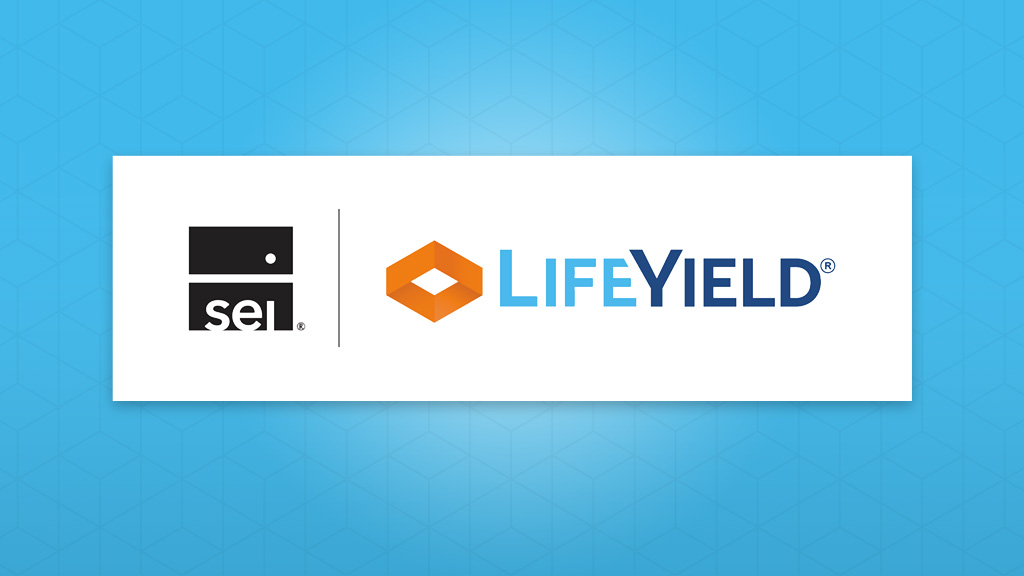The Role of Risk in Tax-Smart Rebalancing

The pandemic put us all more in touch with the concept of risk tolerance, as we wrestled whether to eat inside a restaurant or take off masks when visiting the grandparents. But risk tolerance – how to measure it and how to act on that – is a concept that has long guided financial advisors in helping clients with an asset allocation strategy for their investments.
Each investor brings a unique mix of risk tolerance, risk capacity, and financial goals that together determine the proper deployment of wealth across different assets and asset classes. Some clients may arrive with a preferred allocation – such as 60% equities, 30% fixed-income securities, and 10% cash alternatives. But most require an advisor to do a thorough analysis that incorporates the risk/reward tradeoffs that must inform selecting a target asset allocation strategy.
A holistic approach includes consideration of the types of risk, including:
- Market risk
- Liquidity risk
- Inflation risk
- Credit risk
- Tax risk
- Contingency risk
- Concentration risk
- Coordination risk
Each risk component should influence the formulation and execution of a final asset allocation strategy.
The Risk/Reward Tradeoff in Assessing Risk Tolerance
Many investors pay almost attention only to market risk, i.e., the risk of investment loss. The classic approach is to first separate risk tolerance (fear of losing money vs. the excitement of gains) from risk capacity (the ability to absorb losses based upon the client’s financial situation).
An investor’s risk tolerance might evolve, if slowly, throughout their lifetime. Risk capacity, however, is situational and flexible, subject to change at a moment’s notice.
Different asset classes present different types of market-related risk, including:
- Equity risk: The market price of shares in a publicly traded company constantly changes based on supply and demand. Equity risk is the risk of loss from a decline in share prices.
- Interest rate risk: This is the risk of loss due to changes in interest rates. It applies to interest-sensitive investments, including debt instruments and derivatives. Bonds typically lose value when interest rates rise to compensate for their relatively low returns. Falling interest rates create reinvestment risk – the risk that you won’t be able to reinvest interest income at an anticipated rate.
- Currency risk: Foreign investments that trade in local currencies are exposed to changes in the exchange rate with U.S. dollars.
- Credit risk: The risk that a bond issuer will fail to make timely interest payments and/or repayment of principal, resulting in a default.
- Liquidity risk: This is the risk that investors won’t find a buyer when they want to sell an asset. Investors may have to settle for lower prices or even the inability to sell an asset.
- Inflation risk: The loss of purchasing power due to investment values (typically cash and debt) not keeping up with inflation. Many investors address this risk with equities and real estate, which can grow with (or faster than) inflation but may suffer during deflationary periods.
Risk tolerance also involves an investor’s ability to withstand paper losses when markets become volatile without resorting to panic selling. Generally, aggressive investors value gains more highly than they fear losses. Conservative investors find the pain of loss greater than the joy of profit, opting for “less risky” investments. However, these investments may offer relatively low returns, risking the investor’s ability to accumulate wealth over the long term.
An investor’s tolerance for market risk may dominate their asset allocation strategy. Financial advisors often administer formal or informal tests to gauge a client’s risk tolerance.
The Importance of Contingency Risk
Contingency risk stems from sudden changes in an investor’s situation, such as a significant pay raise, job loss, accidents or illness, inheritance, or birth of a child. An asset allocation strategy that fails to account for contingency risk is risky because it may require an investor to liquidate some assets at an inopportune time. A well-crafted investment plan should set aside enough cash to handle projected needs for the next five years, including the probability-adjusted costs of negative contingencies.
Concentration and Drift Risk
Portfolios risk loss by concentrating money on a limited number of assets and asset classes. Investors spread this risk by diversifying their investments across different assets, industries, and geographic areas. When a pair of assets exhibits low, or negative, correlation, one may zig when another zags, reducing overall volatility.
An effective asset allocation strategy includes many traditional and alternative asset classes that expose an investor to a broad range of markets. The strategy may cover futures, options, commodities, real estate, partnerships, hedge funds, and many more.
Drift risk is the risk that assets no longer conform to an asset allocation strategy. It occurs because some assets gain or lose value over time. Periodic rebalancing can restore a portfolio’s chosen asset allocations by buying or selling different items.
Drift is not to be confused with reallocation, a fundamental change to an investor’s asset allocation strategy. For example, drift may result in a portfolio with 74% equities rather than the target 70%. Reallocation involves an investor resetting the target equities allocation to another value, say 65%. Reallocation can be planned to coincide with an investor’s age and health, as both affect the investor’s time horizon. Contingencies may also require investors to alter their allocations, although the change may be temporary.
Drift Correction Can Introduce Tax Risk
Investors change their allocations, either due to reallocation or drift correction, by buying and selling, introducing yet another risk – tax risk. Generally, tax risk is the risk of paying more taxes than necessary. Selling assets at a profit in an account without tax advantages creates taxable income.
If an investor holds the investment for at least a year, the profit is a long-term capital gain taxed at rates lower than those for ordinary income. A short-term capital gain flows from an investor selling an investment less than a year after buying it. Short-term gains are taxed at the same rate as ordinary income.
An investor can employ a few strategies to reduce tax risk, including:
- Buy-only strategy: If the necessary alteration to a portfolio’s contents is relatively small, an investor might achieve the change without selling unsheltered assets by investing fresh capital and redirecting interest and dividend income to the purchase of securities in the required classes.
- Tax–sheltered transactions: Retirement accounts and other vehicles allow investors to sell securities now and pay taxes later. Investors avoid or postpone capital gains taxes by confining profitable sales to tax-advantaged accounts. Conversely, investors can sell losing positions located in non-tax-advantaged accounts to reap the tax benefits.
- Tax-loss selling: Within tax-advantaged accounts, investors might couple the sale of profitable and losing investments so that the net impact is near zero.
- Postponing short-term capital gains: Unless there is a compelling reason to do so, securities should not be sold until the holding period reaches one year, qualifying for long-term capital gains treatment.
Handling Coordination Risk
One last risk to consider is coordination risk, which is the risk of a household investing at cross purposes. For example, a married couple may manage their investments separately. Each person attempts to optimize their asset allocations, but the result may not be the best for a household and their combined wealth. A household-level asset allocation strategy might provide better results than the sum of each member’s individual strategy, especially when factoring in costs like commissions and taxes. Moreover, tax-loss selling at the household level provides more opportunities to reduce tax risk.
What Advisors Can Do To Manage Risk
We’ve identified and discussed several risks investors face when they own securities. Financial advisors provide better service to clients by incorporating a comprehensive risk-reduction practice that addresses the full range of threats to their client’s wealth.
Risk, along with cost and taxes, are the three levers that investors have to push and pull in their quest to get the best return on their investments so they can achieve their financial goals, including a secure retirement.
Managing risk while optimizing returns and minimizing taxes involves complex calculations and intricate timing – something that is now in reach, thanks to advances in technology.
LifeYield APIs (application programming interfaces) for enterprises help financial advisors take a household approach to wealth management. LifeYield tax-smart APIs can sit inside a firm’s current technology and enhance it with capabilities like multi-account rebalancing and tax harvesting.
As a result, advisors and their firms acquire more assets under management with their pronounced edge in enhancing client portfolios. Risk remains a fact of life. Demonstrating how to manage it wisely becomes a clear advantage in financial advisory services.
Monthly insights from our Chief Growth Officer, Jack Sharry
Get exclusive insights and interviews from around the industry

 By
By 




